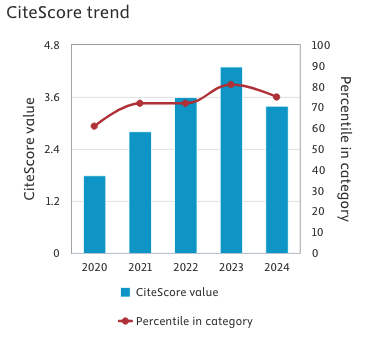Magnetic Resonance Imaging correlates of benign and malignant alterations of the spinal bone marrow
Keywords:
bone marrow, avascular necrosis, leukemia, lymphoma, magnetic resonance imaging, myelofibrosis, myeloma, osteomyelitis, osteonecrosis, spondyloarthritisAbstract
Background and aim of the work: Bone marrow (BM) abnormalities in the spine are a common, sometimes unexpected, finding on Magnetic Resonance Imaging (MRI), which is the most sensitive imaging modality to evaluate the marrow, and their interpretation can be difficult for the unexperienced radiologist. In this review, the MRI appearance of normal age-related BM changes, as well as the imaging features of benign and malignant diseases, are presented. Discussion: A large variety of BM signal alterations has been identified and described, including normal variants, BM reconversion, degenerative changes, infections, spondyloarthritis and osteonecrosis, trauma, neoplastic lesions (both primary or metastatic), post-radiation and chemotherapy sequelae. Conclusions: Knowledge of normal age-related BM appearance, normal variants and patterns of involvement in focal and diffuse bone diseases is essential, together with clinical and laboratory data, to narrow the list of the possible differential diagnoses. The radiologist should be familiar with these signal changes, as they can sometimes be discovered incidentally. In this context, it is equally important not to attribute pathological significance to benign alterations and to promptly detect signs of malignant diseases.
Downloads
Published
Issue
Section
License
This is an Open Access article distributed under the terms of the Creative Commons Attribution License (https://creativecommons.org/licenses/by-nc/4.0) which permits unrestricted use, distribution, and reproduction in any medium, provided the original work is properly cited.
Transfer of Copyright and Permission to Reproduce Parts of Published Papers.
Authors retain the copyright for their published work. No formal permission will be required to reproduce parts (tables or illustrations) of published papers, provided the source is quoted appropriately and reproduction has no commercial intent. Reproductions with commercial intent will require written permission and payment of royalties.







